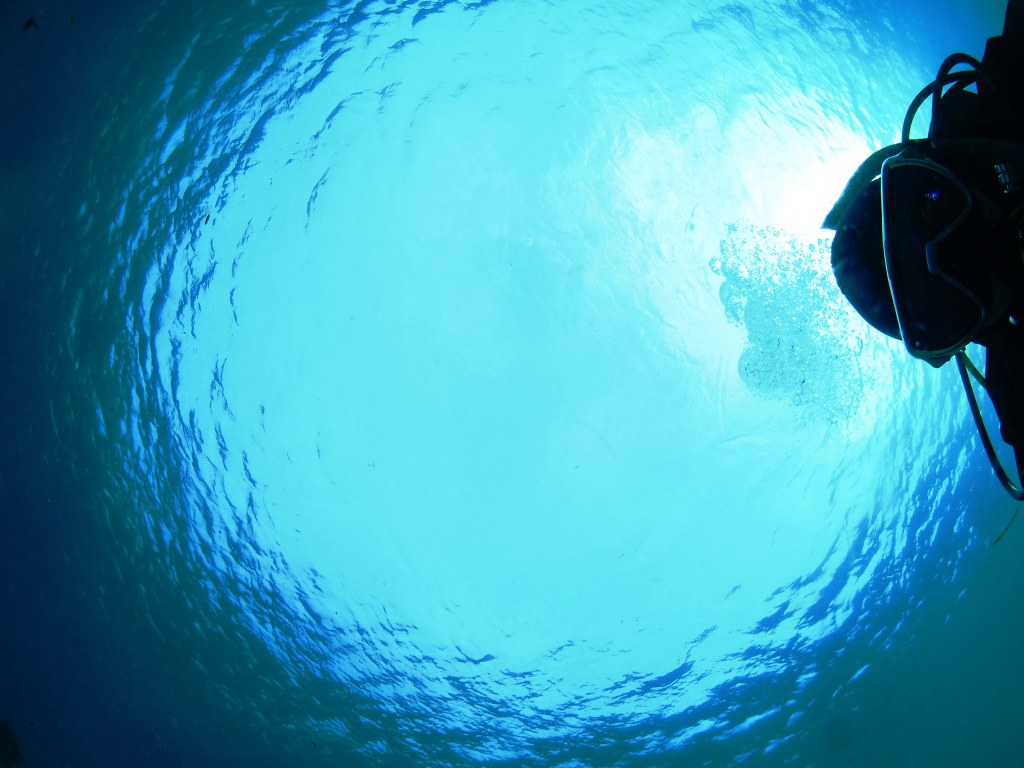By Anupum Pant
Scientific name: Alticus arnoldorum
After having seen animals that live on for centuries, fish that have legs and several others, another fascinating animal joins the list at AweSci today. The Pacific Leaping Blenny – A fish that, unlike every other extant specie of fish, lives on land.
Wait! What?
The Pacific Leaping Blenny is a 2-4 inches long fish that is found on reefs in Samoa, Marianas, Society, and Cook Islands, in the western and southern Pacific Ocean. For all its life, this fish stays on land. It breathes through its gills and partly through its skin.
During the few hours when the tide is at a normal level, such that the waves are just strong enough to reach them and not enough to pull them back into water, these fish take care of their business on land. They need the water to hit them because it keeps their skin wet. Which in turn, lets them breathe through their gills and skin. As long as their skin is moist, they can live out of water indefinitely. So much that they have been officially classified as a terrestrial specie. They would suffocate if their skin dries off completely.
Their fascinating camouflage
It is fascinating to see an existing example of how ancient sea dwelling creatures must have first evolved. At these times when we have great predators waiting on land to immediately end this transitional specie, this fish does a great job of hiding itself from them. And given their poor speed on land, that is how they survive on these rocky shores. They have developed a specialized kind of camouflage that makes it difficult for a predator to find and kill them. As you can see in the picture above, they have a skin color that matches very well with the surrounding reefs/rocks.
How do they move on land?
Since they don’t have legs, that is exactly the question that hit my mind when I first read about these creatures. Turns out, for movement on land, they have developed a very peculiar kind of a movement style. They twist their tails, load up the tension and then release to leap. This sequence happens too quickly to notice easily through naked eyes. So, picked off directly from the Wikipedia page, here we have a slow motion video of this fish leaping off.












